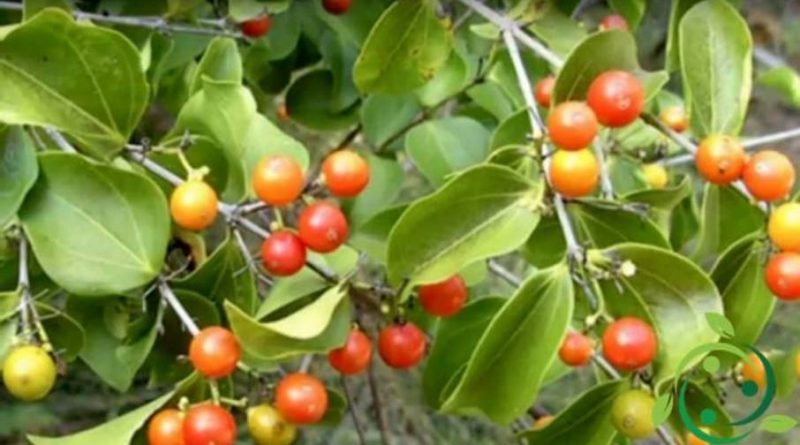Strychnine
Strychnine
Stricnine is an alkaloid with high toxicity and a complex chemical structure in which the nucleus of indole is clearly identifiable. Stricnine is an alkaloid that can be extracted in nature and precisely from the flour obtained from the seeds of two Loganiacee of the genus Strychnos: Strychnos nux-vomica (walnut vomica) and Strychnos ignatii (bean of S. Ignazio). Nux vomica, also called strychnine tree is a large bushy tree native to India and Southeast Asia, as well as being present in the arid forests of Burma, Thailand, China and Australia. This plant has an orange-like fruit (berry), similar in size to a knob, with whitish pulp in which three to eight discoid seeds are inserted containing: water, minerals, oils, carbohydrates and two alkaloids, which are strychnine and the brew and which represent the essential active ingredients.
The other species from which strychnine is derived is Strychnos ignatii, which is a tree native to the Philippines, in particular in Catbalogan and some zonedella China. The plant was first described by the Czech Jesuit who worked in the Philippines, Georg Kamel, who named his fruit as the seed of St. Ignatius, founder of his religious order. The mechanism of action of strychnine is to act on the spinal cord by hindering the connections and the adjustments between the motor nerves and the sensory nerves (causes the blocking of particular nerve endings, post synaptic receptors for glycine); it increases the excitability of neurons and shortens the latency period following an excitation. The mean fatal dose (LD50) is 1 mg / kg but on average the lethal oral doses are between 0.5 and 5 mg / kg of ingested food. In its pure chemical formula it is in crystalline form; it is odorless, colorless with a very persistent bitter taste. It is also insoluble in water and among the most bitter substances known. Death from ingestion of strychnine at lethal doses occurs by respiratory block or by physical exhaustion. Stricnine has been used in the past as a poison for mice, foxes and other small vertebrate animals. During the first half of the twentieth century, strychnine was used in small doses as a stimulant, laxative and as a remedy for other disorders of the digestive system. Subsequently its stimulating effects made her use as a doping agent in sport. Subsequently, however, due to its high toxicity and the tendency to cause convulsions, use in medicine was abandoned. Unfortunately, this substance is now added to drugs, so in addition to the insult damage. In recent times, however, strychnine is finding applications in the homeopathic field. Among these homeopathic remedies one remembers what is prepared by using the Strychnos nux-vomica seed. The preparation is obtained by drying the mature seeds and macerating them afterwards in the alcohol. Obviously the preparation is based on strychnine and the burner. The use of nux vomica in homeopathy is based on the principle of Hahnemann, according to which the substances of compounds diluted in very low concentrations would have hypothetical therapeutic effects. For obvious reasons, given the toxicity and dangerousness of these substances, the intake of these preparations must take place under very strict medical supervision.
Warning: The information reported is not medical advice and may not be accurate. The contents are for illustrative purposes only and do not replace medical advice.

